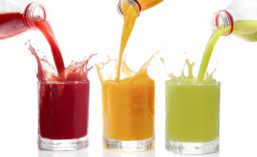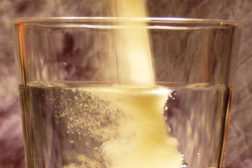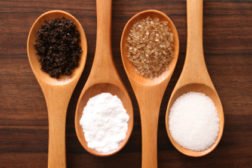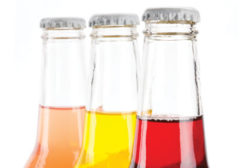Home » fructose
Articles Tagged with ''fructose''
By choosing nutritive sweeteners, developers can heighten flavor profiles and therefore lower total sugars
Read More
How Will the Future of Sweet Cereals Shake Out?
Sweetened cereals still play a prominent role at breakfast for American schoolkids—but lowering sugar in them is a must
January 10, 2024
Consumer Sweet Preferences Make Sugar Reduction Challenging for Product Developers
Beverages continue to lead all categories of foods and beverages with the greatest number of low/no sugar claims
December 12, 2022









